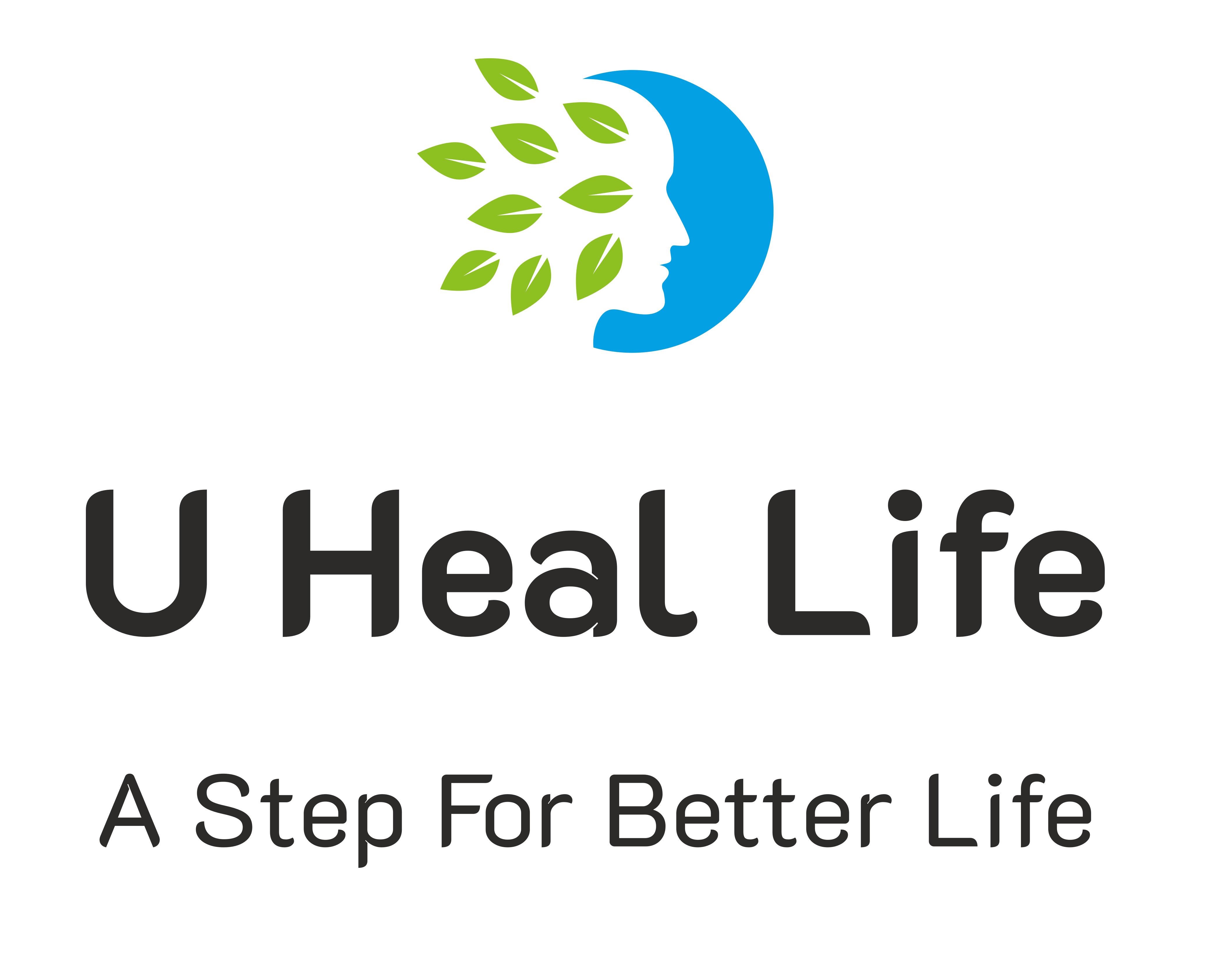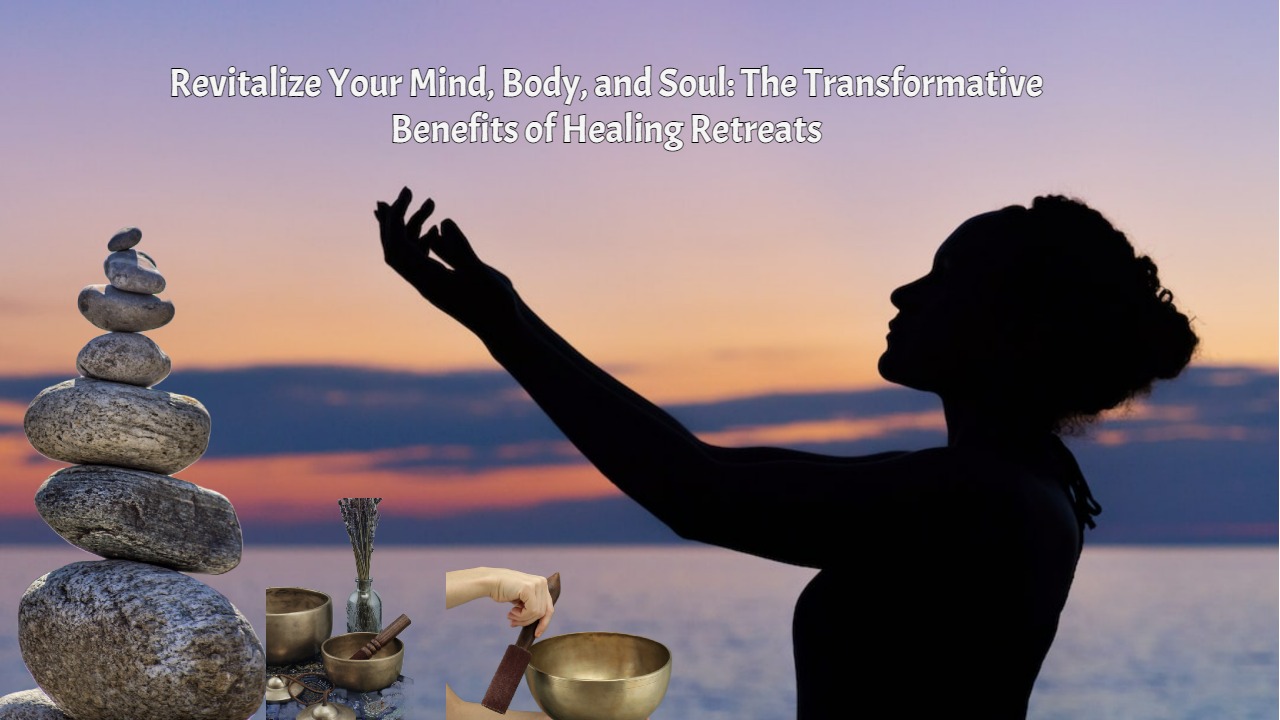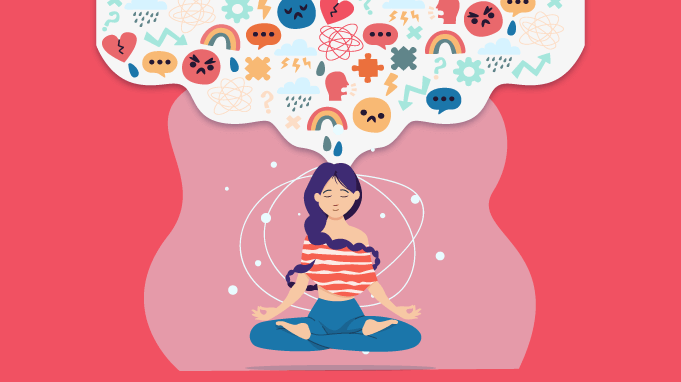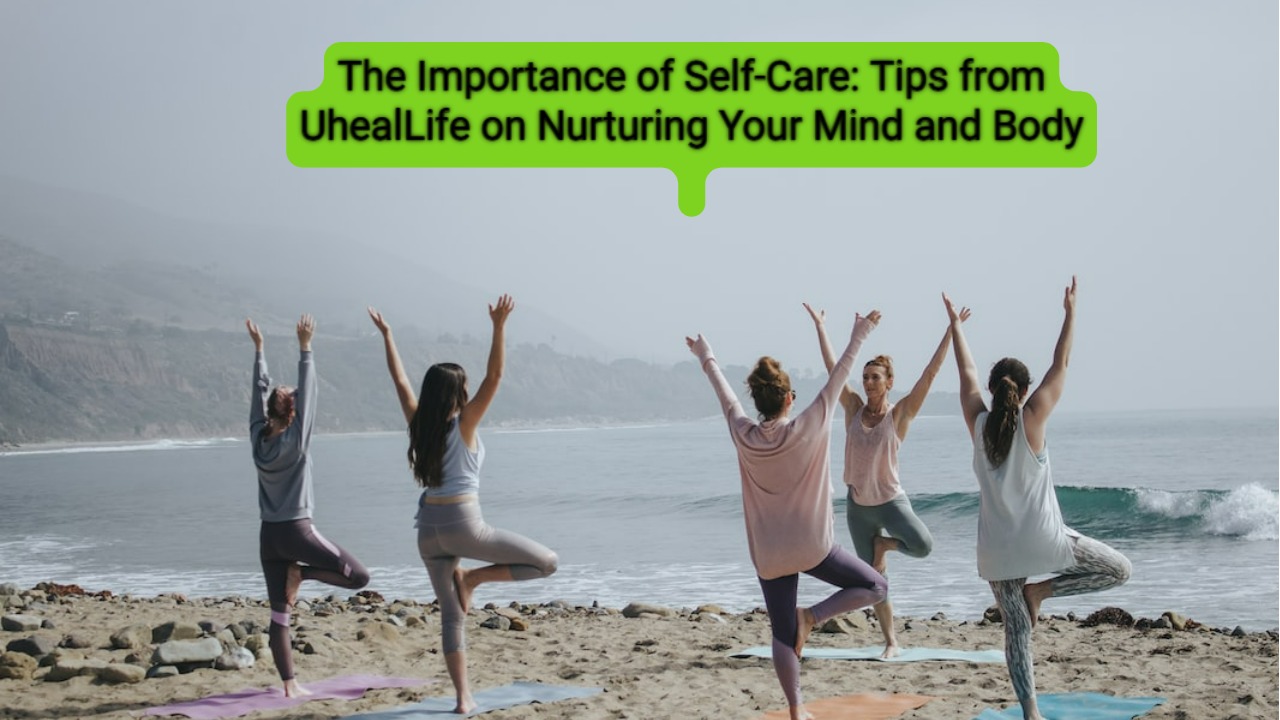Choose people who are good for your Mental Health
I. Introduction A. Importance of mental health B. Relationship between mental health and social relationships
II. Who are good for your mental health? A. Supportive people 1. Definition
2. Characteristics of supportive people
3. Examples of supportive people
B. Positive people
1. Definition
2. Characteristics of positive people
3. Examples of positive people
C. Genuine people
1. Definition
2. Characteristics of genuine people
3. Examples of genuine people
III. How to choose people who are good for your mental health? A. Assess your current relationships B. Identify toxic relationships C. Prioritize supportive, positive, and genuine relationships D. Cultivate new relationships
IV. Benefits of surrounding yourself with people who are good for your mental health A. Improved mental health B. Increased self-esteem and confidence C. Reduced stress and anxiety D. Better overall well-being
V. Conclusion A. Recap of the importance of choosing people who are good for your mental health B. Encouragement to take action C. Final thoughts
Choose People Who Are Good for Your Mental Health
Mental health is an essential aspect of our well-being. Our mental health affects how we think, feel, and behave in our daily lives. It is influenced by various factors, including genetics, environment, and social relationships. The people we surround ourselves with can significantly impact our mental health. Therefore, it is crucial to choose people who are good for our mental health.
Who Are Good for Your Mental Health?
Supportive People:
Supportive people are those who are there for you during difficult times. They provide emotional support, practical help, and empathy. Supportive people listen actively and offer advice when needed. They are non-judgmental and create a safe space for you to express your feelings.
Supportive people are characterized by their availability, reliability, and responsiveness. They show genuine concern for your well-being and offer practical help when needed. Examples of supportive people include family members, close friends, and mental health professionals.
Positive People:
Positive people are those who radiate positivity and optimism. They focus on the good in life and inspire you to do the same. They have a contagious energy that uplifts you and makes you feel good about yourself. Positive people are characterized by their optimism, humor, and resilience.
Positive people have a profound impact on your mental health. They help you to see the bright side of life, even in difficult times. Examples of positive people include colleagues, mentors, and friends with shared interests.
Genuine People:
Genuine people are those who are authentic and honest. They are true to themselves and their values. Genuine people are transparent in their communication and behavior. They show empathy and compassion and are not afraid to express vulnerability.
Genuine people are characterized by their authenticity, transparency, and empathy. They inspire trust and create a safe space for you to be yourself. Examples of genuine people include close friends, family members, and romantic partners.
How to Choose People Who Are Good for Your Mental Health?
To choose people who are good for your mental health, you need to assess your current relationships. Identify the people who support, inspire, and uplift you. Evaluate the relationships that drain your energy, create stress, or cause anxiety.
Once you have identified your current relationships, prioritize those that are supportive, positive, and genuine. Spend more time with these people and limit your time with those who are toxic. Cultivate new relationships by joining groups or organizations that align with your interests and values.
Choose People Who Are Good for Your Mental Health
Mental health is an essential aspect of our overall well-being. It affects how we think, feel, and behave in our daily lives. Mental health is influenced by various factors, including genetics, environment, and social relationships. The people we surround ourselves with can significantly impact our mental health. Therefore, it is crucial to choose people who are good for our mental health.
Who Are Good for Your Mental Health?
- Supportive People:
Supportive people are those who are there for you during difficult times. They provide emotional support, practical help, and empathy. Supportive people listen actively and offer advice when needed. They are non-judgmental and create a safe space for you to express your feelings.
Supportive people are characterized by their availability, reliability, and responsiveness. They show genuine concern for your well-being and offer practical help when needed. Examples of supportive people include family members, close friends, and mental health professionals.
- Positive People:
Positive people are those who radiate positivity and optimism. They focus on the good in life and inspire you to do the same. They have a contagious energy that uplifts you and makes you feel good about yourself. Positive people are characterized by their optimism, humor, and resilience.
Positive people have a profound impact on your mental health. They help you to see the bright side of life, even in difficult times. Examples of positive people include colleagues, mentors, and friends with shared interests.
- Genuine People:
Genuine people are those who are authentic and honest. They are true to themselves and their values. Genuine people are transparent in their communication and behavior. They show empathy and compassion and are not afraid to express vulnerability.
Genuine people are characterized by their authenticity, transparency, and empathy. They inspire trust and create a safe space for you to be yourself. Examples of genuine people include close friends, family members, and romantic partners.
How to Choose People Who Are Good for Your Mental Health?
To choose people who are good for your mental health, you need to assess your current relationships. Identify the people who support, inspire, and uplift you. Evaluate the relationships that drain your energy, create stress, or cause anxiety.
Once you have identified your current relationships, prioritize those that are supportive, positive, and genuine. Spend more time with these people and limit your time with those who are toxic. Cultivate new relationships by joining groups or organizations that align with your interests and values.
Yourself with People Who Are Good for Your Mental Health
- Improved Mental Health:
Surrounding yourself with people who are good for your mental health can improve your overall mental health. These people offer emotional support, practical help, and empathy, which can reduce stress, anxiety, and depression.
- Increased Self-Esteem and Confidence:
Positive and supportive people can increase your self-esteem and confidence. They encourage you to be your best self and offer constructive feedback. This can help you to feel more confident in your abilities and increase your self-esteem.
- Reduced Stress and Anxiety:
Toxic relationships can create stress and anxiety, which can negatively impact your mental health. Surrounding yourself with people who are good for your mental health can reduce stress and anxiety, which can improve your overall well-being.
- Better Overall Well-Being:
Having positive, supportive, and genuine relationships can improve your overall well-being. These relationships can provide a sense of belonging, purpose, and connection, which can enhance your life satisfaction and happiness.
Conclusion
In conclusion, it is essential to choose people who are good for your mental health. Surrounding yourself with positive, supportive, and genuine people can significantly impact your mental












